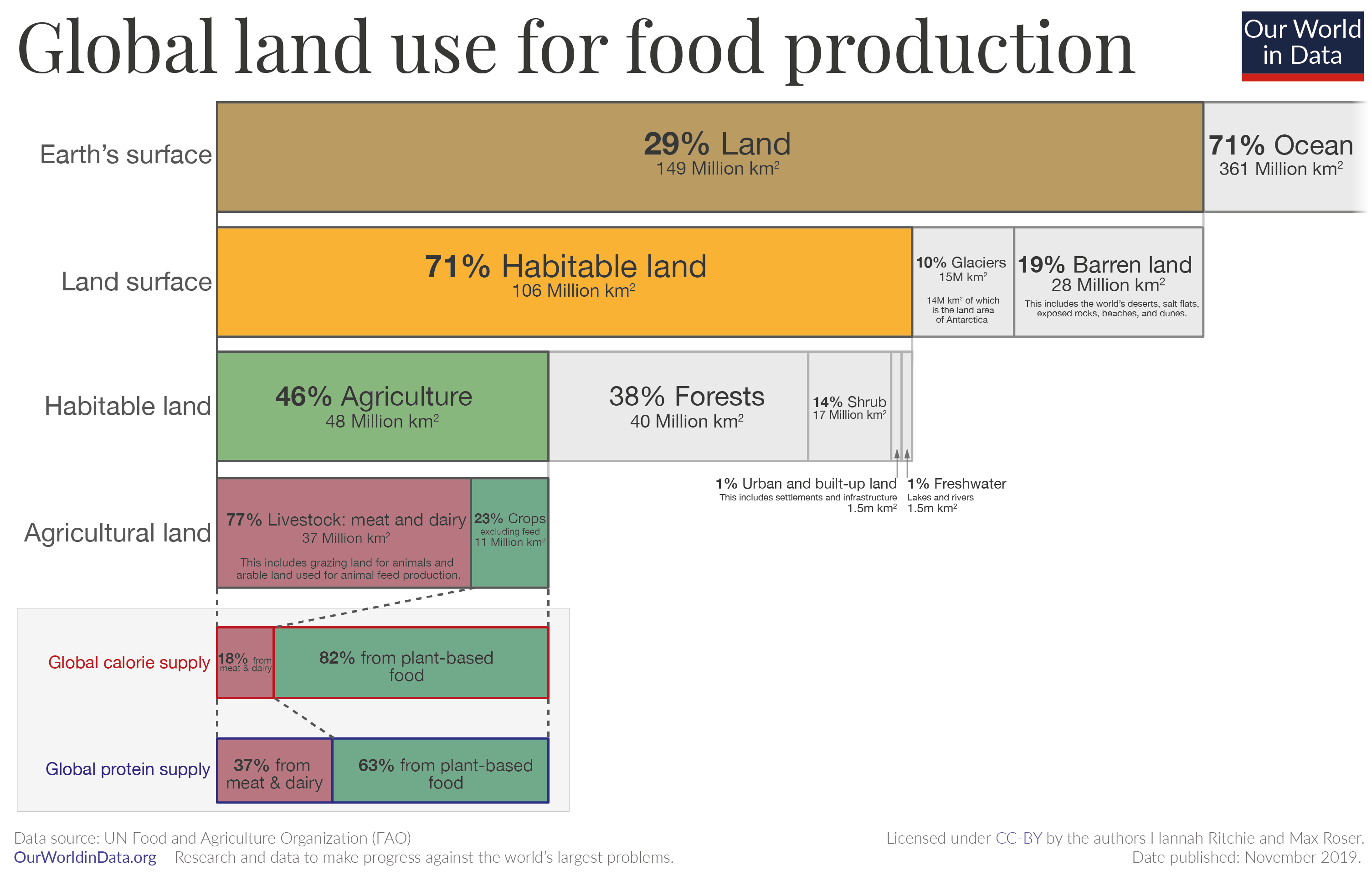I'm curious as to how he accounts for the energy used in food production, since that seemed to be the bent of the article. The current global food supply is not sustainable without fertilizers, so the replacement needs accounted. As does all the horsepower for turning over arable land. He's, I assume, accounted for it somehow.
I mean, if he's assuming that you can just... reorient* so that suddenly we don't need 75% of agriculture, that would probably help.
*no meat diets for the orient!
